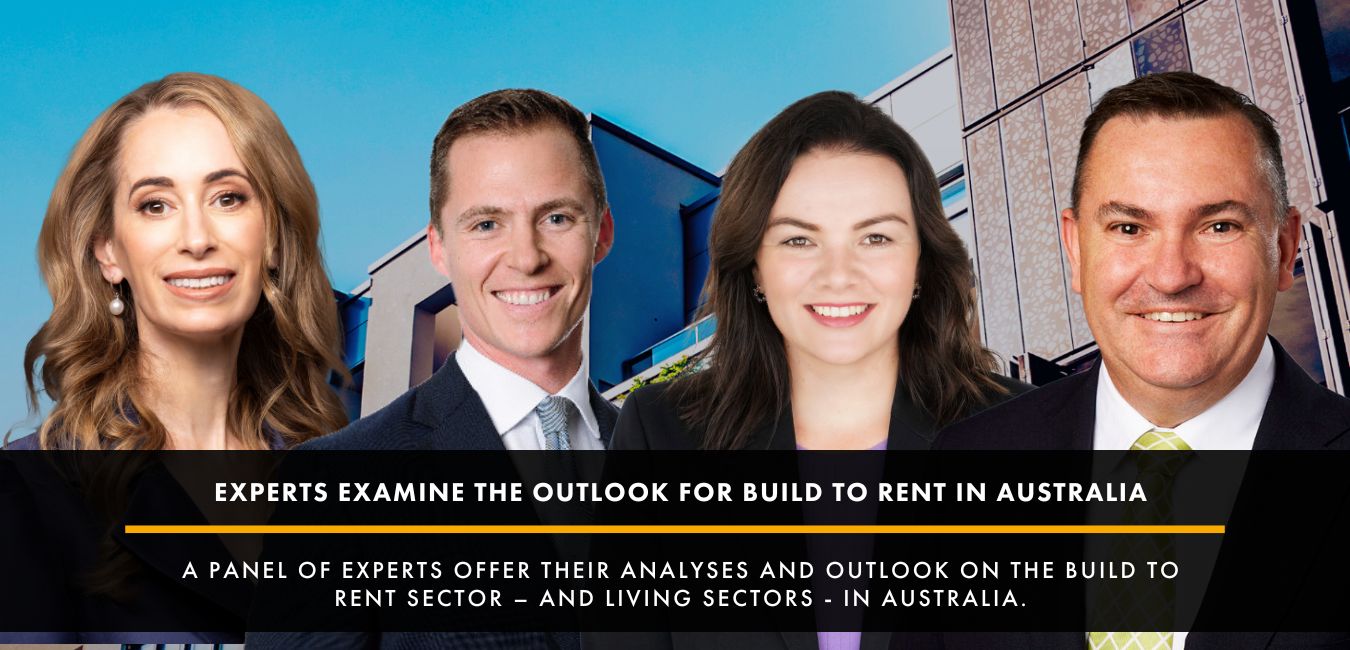Governments around the world are looking to ease restrictions to bring back some form of normalcy to help kick start the economy and reduce the emotional burden of lock-down. Business leaders, who have been busy dealing with the fallout from the lockdown, will now need to switch gears to focus on the immediate future, including bringing their workforce back to the workplace in a safe and considered way.
The transition back to the workplace is unlike anything leaders may have previously experienced, especially as COVID-19 is an on-going concern. Accordingly, there is need for a well thought out human-centred re-occupancy strategy.
What, therefore, is our starting point and how are we best to prepare?
Irrespective of the business size, there are consistent decisions that must be made in order to elevate the chance of transitional success.
Providing us with a platform for guidance I return to a tried and tested favourite, that of Maslow’s Hierarchy of Needs. Specifically, it is the first three levels that will help businesses frame their immediate next steps. I will break these three levels down as I offer some guidelines for what businesses can do today to ready themselves.
1) Physiological needs
Organisations should not assume that the basic human needs of their employees are a given. The crisis that we face is unprecedented, the circumstances, associated impact and emotional responses of individuals will be varied and personal. What we do know from civilian responses to past pandemics is that fear, uncertainty and mistrust are often rife. For organisations these negative emotions, if unidentified and allowed to stagnate, can lead to performance erosion and prolong the economic “bounce-back”. As such, a counter strategy is necessary.
If you do not already have an employee counselling service, forum, communication system or platform that enables your employees to share their circumstances and seek advice in a discreet and trusted manner, then this should be prioritised as trust is critical.
While each organisation’s ability to materially impact individual circumstances may vary, there are many tools available these days that can help facilitate employee assistance and holistic wellness advice outcomes, implementing such a tool would be a valuable first step. People and Culture leaders should be working on this today.
2) Safety needs
Contamination
It is important to acknowledge that employees will be apprehensive about the physical safety of returning to the workplace in the absence of a vaccine. The public transport commute, accessing building entrances, lift spaces, and entering the office itself all pose a potential health risk. Australia has so far seen relatively low levels of COVID-19 infections, but the virus is still in our midst and we have already seen a contagion revival in the likes of Singapore. Accordingly, it is imperative to plan for, then communicate clearly, guidelines for each organisation’s risk mitigation plan for the office and surrounding spaces to alleviate employee concerns before they are asked to return to the workplace.
Forward thinking organisations have already taken advice and have implemented a re-occupancy roadmap. Roadmaps such as these can be devised in conjunction with the building property managers, while workforce specialists should be engaged to ensure your ‘workplace set up” has been assessed and de-risked. If there is an area for speedy deployment of advisory expertise, then this is it.
Generational
It is important to understand and acknowledge the generational diversity that makes up your workforce. Your Baby Boomers will understandably be more concerned about life threatening symptoms, in comparison to the Gen Ys who may feel considerably less vulnerable. There will be vastly differing levels of concerns, depending on age and this is an extremely complex and serious consideration. Respect for colleagues and recognition of their distinct concerns is the baseline for the first day back in the workplace. If a culture of shared responsibility is not achieved, in particular, at a leadership level, then no amount of physical safety measures will suffice.
Economic cuts
Organisations that have been impacted economically will have applied measures to reduce their vulnerability, mostly via leave without pay, salary cuts and redundancies; all of which increases the anxiety employees feel about employment security and their purpose within the workplace. With the road to full economic recovery anticipated to be long, this is the reality of businesses that are returning to the workplace with reduced workforces, as colleagues mourn the employment loss of others and worry for their own security. There is no menu of services to address this, leaders must simply apply true emotional intelligence and empathy in how they interact and communicate.
Emergence messages
One common trait among leaders who have successfully navigated their way through a crisis has been their ability to continuously recalibrate their teams’ focus on positivity. In the current COVID-19 context, business leaders need to firstly identify and then clearly communicate the opportunities that lie ahead which will help them rally the organisation around a common purpose and alleviate anxiety. Maxwell Maltz said it best, “Close scrutiny will show that most ‘crisis situations’ are opportunities to either advance or stay where you are.”
3) Love and Belonging needs
One of the biggest benefits of the modern workplace is its ability to serve as a platform and catalyst to foster human connection and a sense of belonging among employees. With rostered attendance of staff, working from home and increased virtual interactions a way of life for the foreseeable future, leaders should be purposeful in making decisions around how they plan to re-populate the workplace and its consequential impact on organisational performance and culture. Ultimately, the COVID-19 crisis is a truly human one, and only via a human centred approach can the right answer be found.
If you have not done so previously, I would highly recommend a review of Maslow’s Hierarchy of Needs to reflect on how you might apply his teachings.
Performance based preference
Working from home and the inundation of virtual meetings has introduced a new generation of working preferences, or performance based preferences. A flood of demand, from both employees and employers, regarding future ways of working is coming, and to respond effectively a detailed diagnosis and activation plan is required. In particular, strategic remodelling of staff performance based preference can help organisations realise their next generation portfolio and workplace objectives.
If any readers would like to further understand the steps you can take to plan your teams re-occupancy, or would like to participate in a virtual co-creation workshop to better understand performance based preference and how this may apply to your business please contact Viswesh:
Viswesh Sathi
Director of Strategic Advisory at Knight Frank Australia
[email protected]
+61 2 9036 6622
+61 403 045 890







